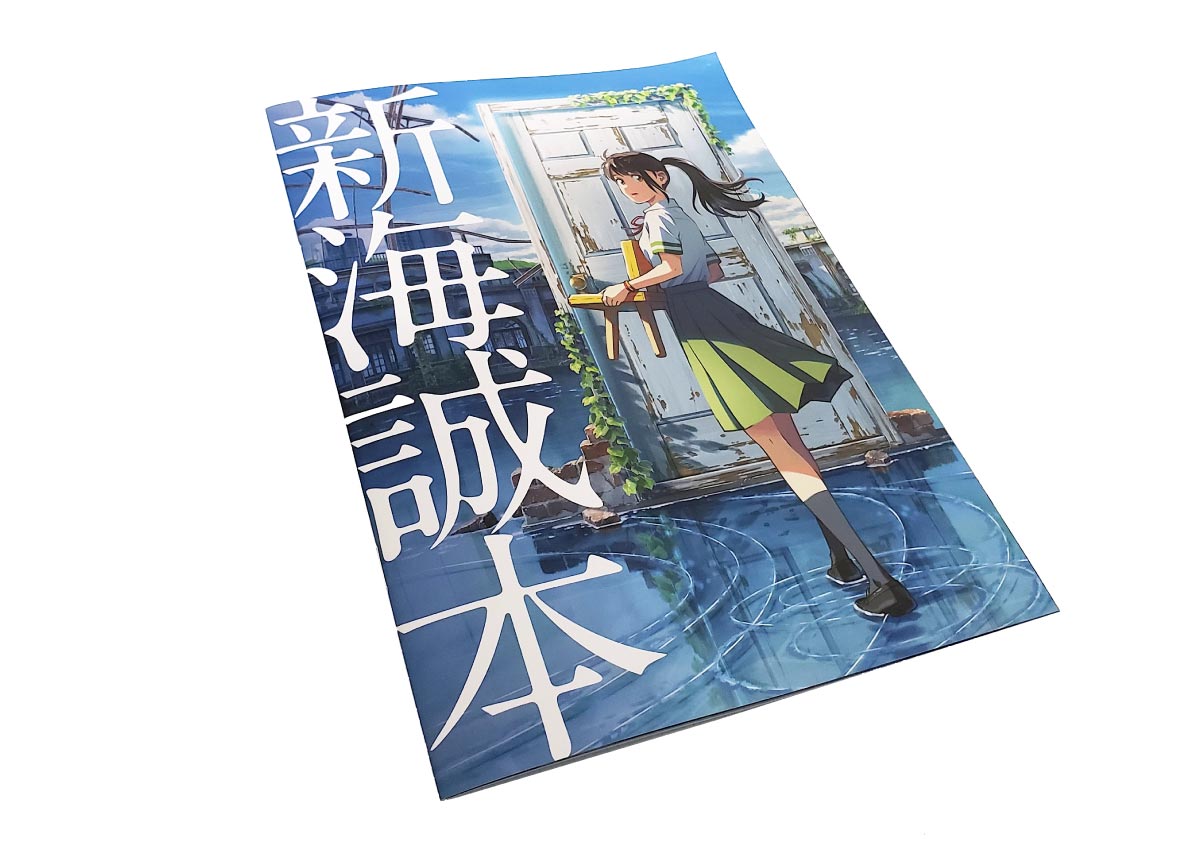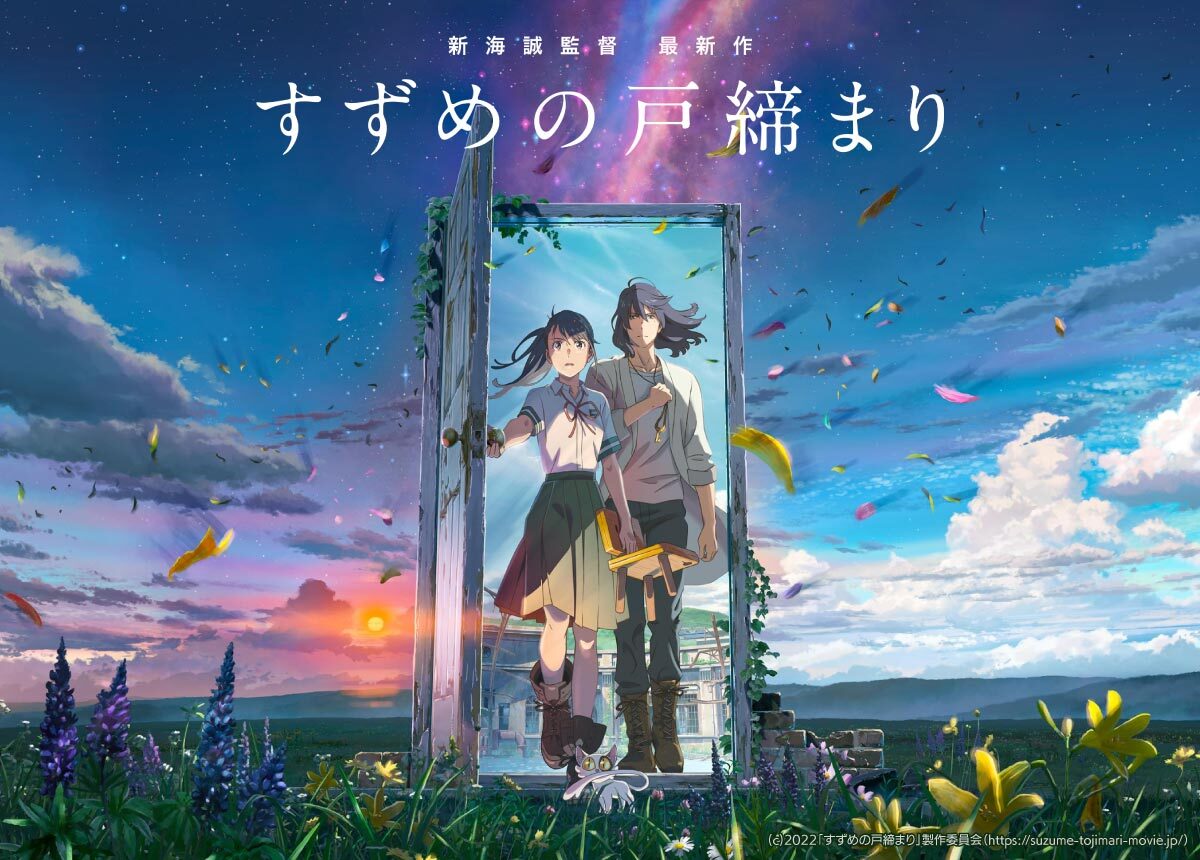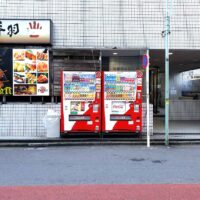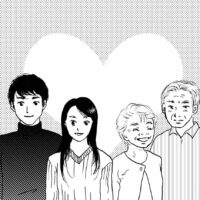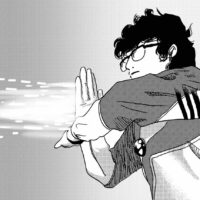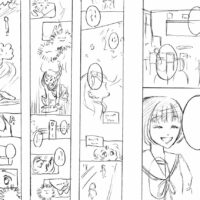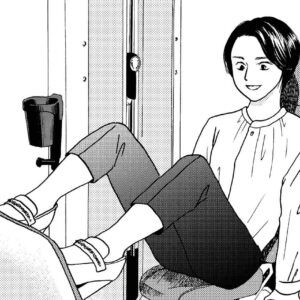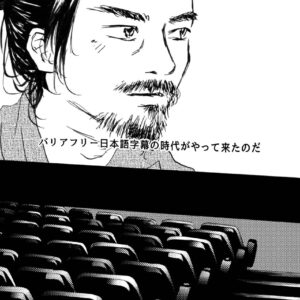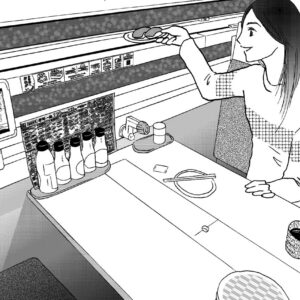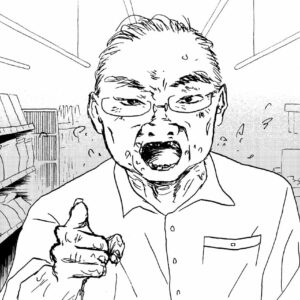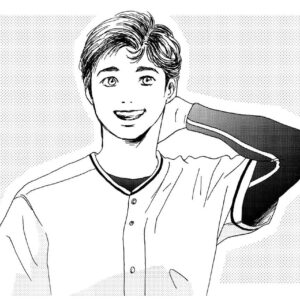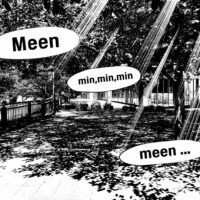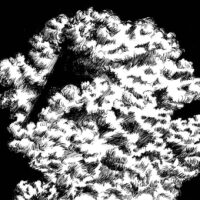From November 11, Makoto Shinkai’s new animated film “Suzume no Tojimari” has been showing in movie theaters.
Makoto Shinkai is the most famous Japanese animation film director today who writes his own scripts. Unlike the case of an animated film adaptation of a manga that was originally popular or a film adaptation of an original story by a charismatic and talented director, the entire responsibility is placed on Director Shinkai’s name. We go to the cinema just for the words “the latest Makoto Shinkai film,” regardless of the story. He is such a promising person. In 2016, his film “Your Name” was screened in 96 countries and regions around the world.
What made him famous was a 25-minute full digital animation work by him — alone, released in 2002. The short animation was truly made by one person, using a single computer to make, write, direct, draw, art, 3DCG, shoot, edit, and voice the film. The credit titles on the short film were nothing more than the name of the actor who did the female voice (as one would expect, he could not have done the female voice as well) and the musician who wrote the theme music. There were only 3 names in a 25-minute perfected animated film.
He went on to produce two more films, and in 2016, his fourth animated film “Your Name” grossed $360 million at the global box office, making him one of Japan’s leading animation directors. Originally a romantic movie for teenagers, its popularity accelerated to the point that even parents in their fifties eventually went to see it in theaters.
Since then, his productions have been nationally boxed and backed by major corporations. Once again, major corporations representing film distribution, publishing, railroads, and convenience store chains have invested in the film, which also has tie-ups with McDonald’s Japan, Spotify, and major telecommunications companies. In 2002, there were three staff credits, but in this work in 2022, there were countless names of people, including international staff. At cinema complexes in central Tokyo, films are shown at a rate of one every 30 minutes. We can only admire his remarkable progress.
What is interesting about his work is that people’s actions are synchronized in real and fictional animation. In the film, the main character travels throughout Japan, and a Google Maps route search is performed. Quickly chat back with friends on LINE. Train fares are settled by touch payment on a smartphone. The guardian remotely checks her payment history with a browser. These are all common scenes in the real world, but when they are animated, they create a strange illusion of reality even though they are fiction.
This film is based on the actual Great East Japan Earthquake that occurred on March 11, 2011. The protagonist is a 17-year-old girl 13 years after the disaster. You can see how people in Japan often hear the earthquake early warning alarms and feel the tremors, but do not pay attention to them, judging that they are not important.
Because the film contains videos reminiscent of actual disasters, an unusual call to action has been made on the film’s official website. “To all those who plan to see this film: This film contains scenes depicting earthquakes and the sound of an alarm when an earthquake early warning is received. We ask for your understanding in advance when viewing this film.”
Many Japanese people are traumatized by tsunami scenes, earthquake disasters, and alarm sounds in movies and dramas due to numerous disasters. Upon entering the theater, visitors were given a mini-book containing an interview with the director. The director explains why he had to use the actual earthquake to depict this film there. Perhaps this booklet was designed to explain the concerns mentioned above and the criticisms that would ensue.
The film is scheduled to be released sequentially around the world starting next year.
